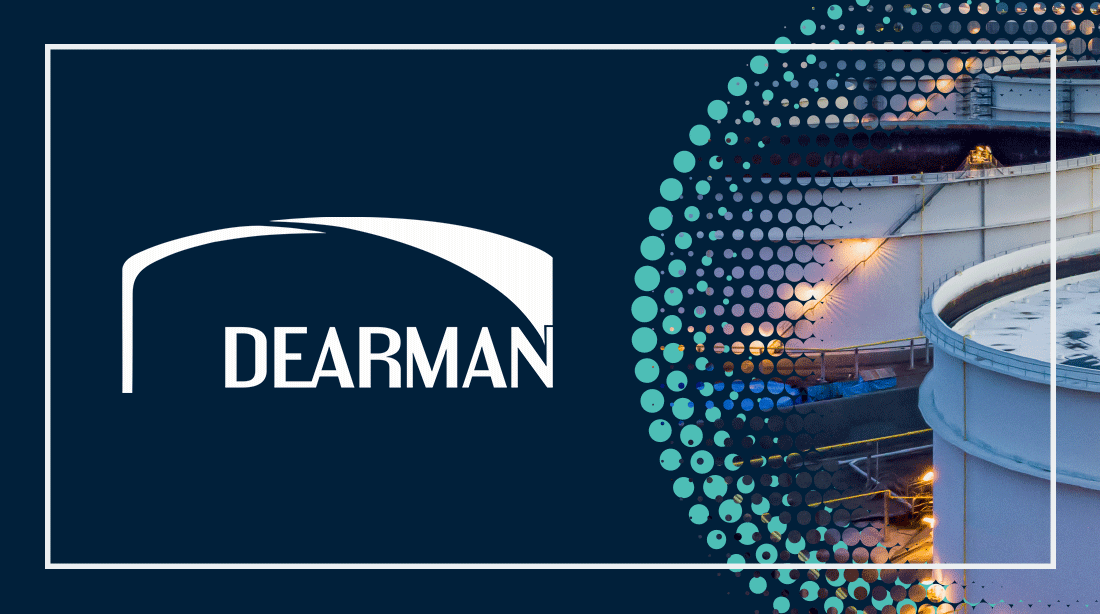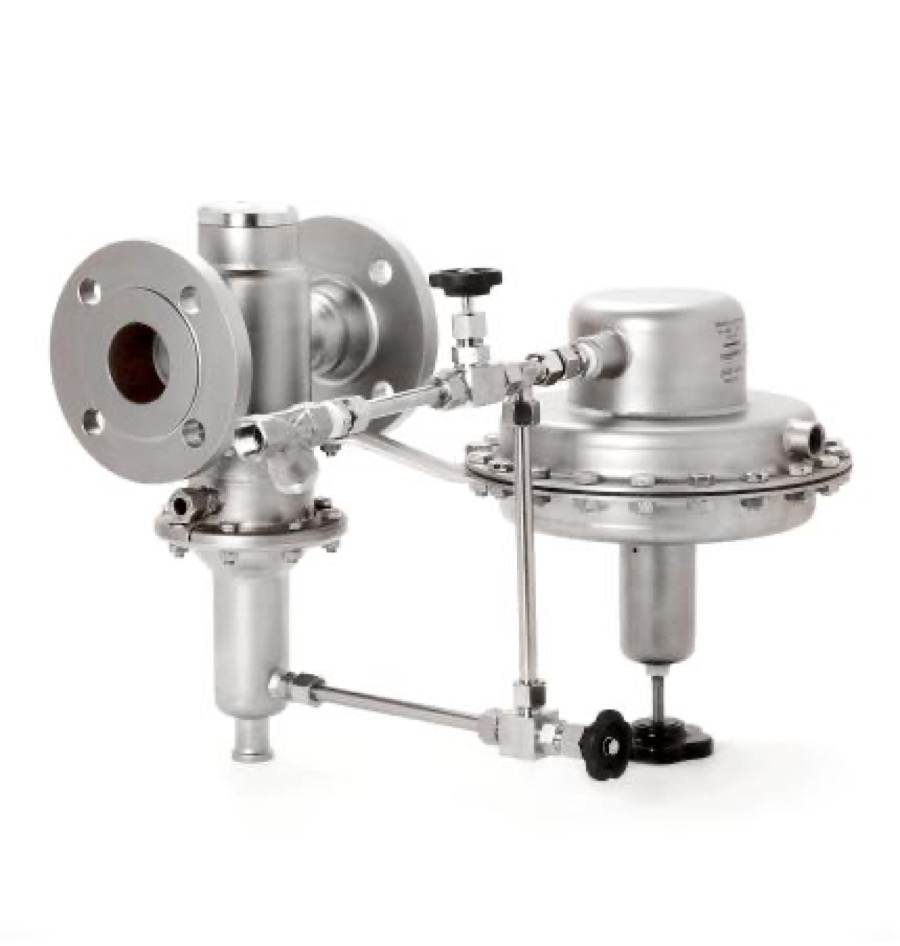The demand for alternative fuels has risen considerably, especially owing to the mandatory targets for the emission of greenhouse gases in the industrialised countries.
The use of bioethanol might be one possible approach, however, this presents new challenges to the tank storage operators, in as much as the substance may form an explosive mixture in combination with atmospheric oxygen or other substances.
In addition, bioethanol is water soluble and may form methylesters when reacting with water (for example from the atmospheric humidity). Methylester is hygroscopic and can severely damage the concrete tank foundations in a highly aggressive way.
To avoid such a detrimental reaction, tank blanketing is used for the storage of fuels. The void volume in the tank head space is filled with inert nitrogen in order to permanently maintain a slight overpressure. In doing so, the air is prevented from getting into the tank inner space.
The tank ‘breathes’ as a result of temperature or weather influences and fluctuating filling levels, as these factors can mean the inert gas pressure within the tank may vary. Consequently, the predominant task of the tank blanketing system is to continually maintain the inert condition independently of how the volume change in the gas chamber occurred.
To solve such problems technically, Mankenberg GmbH developed the pressure reducing valve RP 840 in close co-operation with its customers.
A millibar valve proven for decades acts as pilot valve and controls a main valve adapted to the plant. Thanks to the large diaphragm of the pilot valve, very low set pressures are possible. Thus the valve’s high control precision at very low pressures (~5 mbar(g)) is combined with the volume flow required for large tanks and pumps.
The medium-controlled pressure reducing valve is made of deep drawn stainless steel with excellent corrosion resistance. This is particularly important for the intended use in the highly corrosive atmosphere of tank farms. Thanks to the low set pressure and the high control precision, the investment costs (thinner tank walls) as well as operating costs (less inert gas consumption) are considerably reduced for the plant.
For more information visit www.mankenberg.com

















